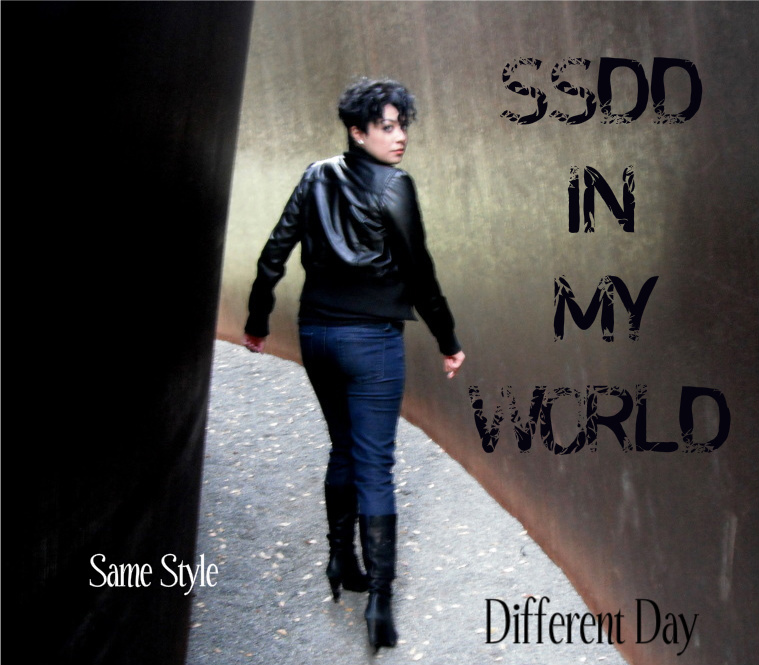Early human ate young Neanderthal
Evidence shows first proof that two groups had direct, if violent, contact
A reconstructed Neanderthal skeleton, right, and a modern human skeleton, left, are on display at the Museum of Natural History. New evidence suggests early humans may have butchered and dined on Neanderthals, using their teeth as jewelry.
Frank Franklin II/AP
updated 1:48 p.m. CT, Thurs., May 21, 2009
Sometime between 28,000 and 30,000 years ago, an anatomically modern human in what is now France may have eaten a Neanderthal child and made a necklace out of its teeth, according to a new study that suggests Europe's first humans had a violent relationship with their muscular, big-headed hominid ancestors.
The evidence, which includes teeth and a carefully butchered jawbone from a site called Les Rois in southwestern France, could represent the world's first known biological proof for direct contact between the two human groups.
The research, published in the Journal of Anthropological Science, also adds to the growing body of evidence that Europe's first modern humans, who comprised the Aurignacian culture, used human bones and teeth for adornment and possible symbolic meaning.
"Four Aurignacian sites, including Les Rois, have yielded perforated human teeth, which confirms the interest in using human bone, and teeth in particular, by Aurignacians, for symbolic purposes," concluded Fernando Rozzi and his team, which also identified butchered reindeer bones excavated at the site.
Cut marks on the reindeer bones likely produced by the humans' flint tools matched those found on the Neanderthal jawbone.
A recreation of ancient butchering techniques by the scientists indicates the marks "may have resulted from slicing through the geniohyoid muscle (a narrow muscle at the bottom of the oral cavity) to remove the tongue," according to Rozzi, a researcher at Paris's National Center for Scientific Research, and his colleagues.
Marrow from the bones appears to have also been consumed.
It remains unclear, however, if a modern human killed the Neanderthal youngster outright, or if the parts were scavenged from an already dead body.
An alternative hypothesis is that the Neanderthal jawbone actually belonged to a modern human with Neanderthal characteristics, which would suggest these two human groups made love and not war.
Noted British anthropologist Chris Stringer of the Natural History Museum, London, believes the new study is "very important." Although Stringer doesn't think it proves we hunted Neanderthals to death, he said the research strengthens the argument that competition from modern humans "contributed to Neanderthal extinction."
Neanderthals weren't always at the losing end of battles, however. Another new study, for the Netherlands Organization for Scientific Research, found that Neanderthals were big game hunters who directly competed with hyenas, which had a similar diet and occupied the same carnivore position on the early European food chain.
Hyenas and Neanderthals also appear to have eaten each other on occasion, but project leader Gerrit Dusseldorp of the University of Witwatersrand's Institute for Human Evolution says Neanderthals were superior hunters due to their greater intelligence, communication skills and ability to cooperate.
Dusseldorp indicated that, per Rozzi's study, it's possible modern humans butchered Neanderthals. But he believes Neanderthal reliance on large prey, such as rhinos, brown bear, bison bulls and horses, may have played a bigger factor in the Neanderthal's demise, since large animal shortages could have left them hungry.
Modern humans, in contrast, are thought to have fished and hunted smaller, yet more plentiful, prey, like rabbits and birds.
"After environmental crises, modern humans may then have recovered more quickly than Neanderthals, and may have started usurping territories that before the environmental crisis were occupied by Neanderthals," Dusseldorp said.

No comments:
Post a Comment